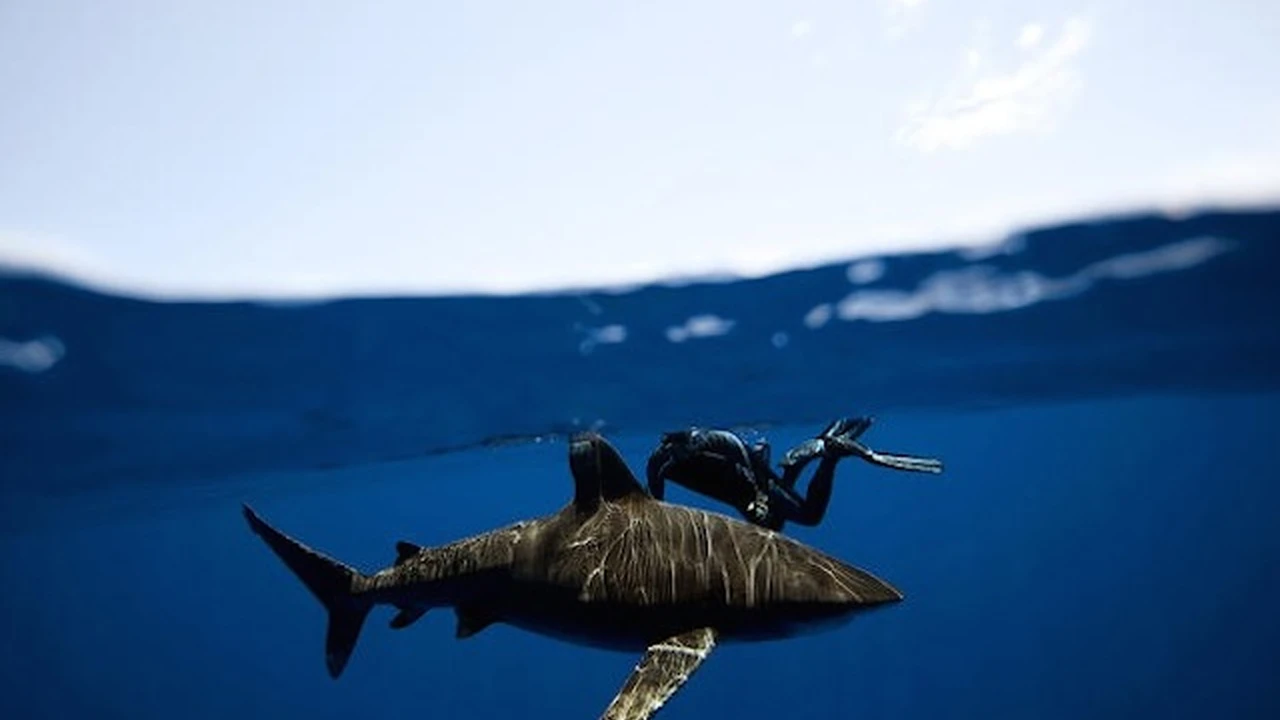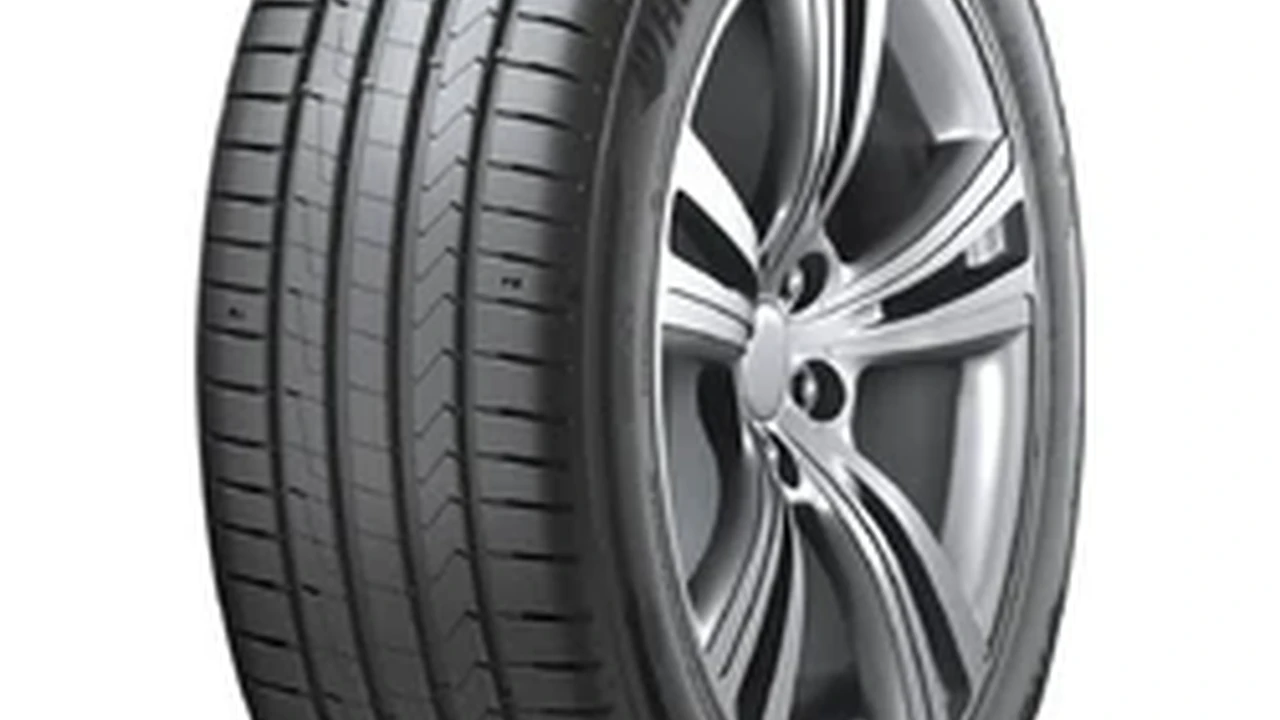Best Scuba Diving Masks for Comfort and Visibility
Review of top-rated scuba masks offering superior comfort, wide field of view, and durability for divers.

Review of top-rated scuba masks offering superior comfort, wide field of view, and durability for divers.
Best Scuba Diving Masks for Comfort and Visibility
Understanding Scuba Mask Essentials What Makes a Great Dive Mask
When you're exploring the underwater world, your scuba mask is your window to everything. It's not just a piece of gear; it's your primary tool for experiencing the beauty beneath the waves. A great dive mask isn't just about looking good; it's about comfort, an expansive field of view, and durability. Imagine being surrounded by vibrant coral reefs and schools of fish, but your mask is constantly fogging up, leaking, or pressing uncomfortably on your face. That's a quick way to ruin a dive. So, what exactly makes a great dive mask?
Comfort and Fit The Key to a Leak-Free Dive
Comfort is paramount. A mask that doesn't fit well will leak, causing constant interruptions as you clear it. The skirt, which is the soft silicone part that seals against your face, needs to conform perfectly to your facial contours. High-quality silicone is soft, pliable, and hypoallergenic. Look for a double-feathered edge skirt, which provides a better seal than a single one. The strap should be easily adjustable and comfortable around the back of your head, without pulling your hair. Many divers prefer a neoprene strap cover for added comfort and to prevent hair entanglement.
Visibility and Field of View See More Underwater
Visibility is another critical factor. You want a mask that offers a wide field of view, both horizontally and vertically. This means less head movement to take in your surroundings. Masks come in various lens configurations: single lens, dual lens, and multi-lens. Single-lens masks offer an uninterrupted view, which some divers prefer for a more open feel. Dual-lens masks allow for prescription lenses to be easily installed, a huge plus for divers with vision correction needs. Some masks even incorporate side windows or a downward-sloping lens for enhanced peripheral vision, though these can sometimes introduce glare or distortion.
Durability and Materials Built to Last
A good dive mask should be built to withstand the rigors of the marine environment. Tempered glass lenses are standard for safety and scratch resistance. The frame should be robust, often made from high-grade plastic or polycarbonate. The buckles and strap adjustment mechanisms should be sturdy and easy to operate, even with gloves on. Silicone skirts, while comfortable, can degrade over time with exposure to sunlight and chemicals, so proper care and storage are essential.
Top Scuba Diving Masks Reviewed Our Picks for 2024
We've dived deep (pun intended!) into the market to bring you our top picks for scuba diving masks in 2024. These masks excel in comfort, visibility, and durability, catering to a range of preferences and budgets.
Aqualung Look 2 Mask A Classic for a Reason
The Aqualung Look 2 is a perennial favorite among divers, and for good reason. It's a dual-lens mask known for its exceptional fit and reliability. The silicone skirt is incredibly soft and molds well to a variety of face shapes, making it a great choice for many divers. The field of view is excellent, and the low-volume design makes it easy to clear. One of its standout features is the ease with which prescription lenses can be installed, making it a go-to for divers who wear glasses. It's a robust mask that stands up to years of use.
- Key Features: Dual lens, easy prescription lens installation, low volume, comfortable silicone skirt.
- Ideal for: Divers seeking a reliable, comfortable mask with prescription lens options.
- Typical Price Range: $80 - $120 USD
- Pros: Excellent fit for many face shapes, durable, easy to clear, great for prescription users.
- Cons: Not the widest field of view compared to some single-lens designs.
Cressi F1 Frameless Mask Simplicity Meets Performance
The Cressi F1 is a frameless mask that has gained immense popularity for its minimalist design and impressive performance. By eliminating the frame, the lenses are closer to your eyes, resulting in an incredibly wide field of view and an extremely low volume. This makes it super easy to clear and equalize. The silicone skirt is directly molded to the tempered glass lens, creating a sleek and durable unit. It's also very lightweight and folds flat, making it an excellent choice for travel or as a backup mask.
- Key Features: Frameless design, ultra-low volume, wide field of view, lightweight, foldable.
- Ideal for: Freedivers, spearfishermen, and scuba divers who prioritize wide vision and low volume.
- Typical Price Range: $50 - $80 USD
- Pros: Super wide vision, very easy to clear, compact for travel, comfortable.
- Cons: No option for prescription lenses, may not fit all face shapes as universally as framed masks.
Scubapro Synergy 2 TruFit Mask Unmatched Comfort
Scubapro's Synergy 2 TruFit mask is all about comfort. It features Scubapro's TruFit Technology, which uses two different thicknesses of silicone in the skirt. The main skirt is thinner and softer for a perfect seal, while the outer skirt is thicker for added support and rigidity. This innovative design provides an incredibly comfortable and leak-free fit for a wide range of faces. It's a dual-lens mask with a good field of view and a low-volume design.
- Key Features: TruFit Technology (dual-thickness silicone skirt), comfortable fit, low volume, dual lens.
- Ideal for: Divers who struggle with mask comfort or leaks, especially those with sensitive skin.
- Typical Price Range: $90 - $130 USD
- Pros: Exceptionally comfortable, excellent seal, good field of view, durable.
- Cons: Slightly higher price point, dual lens means a small interruption in vision.
TUSA Freedom HD Mask Panoramic Vision
If you're looking for the widest possible field of view, the TUSA Freedom HD is a strong contender. This single-lens mask boasts a massive panoramic view, thanks to its wide front lens and minimal frame. It also incorporates TUSA's Freedom Technology, which includes a dimpled skirt surface, varied silicone thicknesses, and stability ridges for an improved fit and reduced pressure on the face. It's designed to provide a comfortable and secure seal for a wide range of face sizes.
- Key Features: Single lens, panoramic wide view, Freedom Technology skirt, low friction buckle system.
- Ideal for: Divers who want an expansive, unobstructed view of the underwater world.
- Typical Price Range: $90 - $140 USD
- Pros: Unrivaled field of view, comfortable fit, easy to adjust.
- Cons: Single lens means no prescription option, can be a bit bulky for some faces.
Atomic Aquatics Frameless Mask Premium Performance
The Atomic Aquatics Frameless mask is a premium option known for its exceptional optical quality and robust construction. Like the Cressi F1, it's a frameless design, offering a wide field of view and low volume. However, Atomic takes it a step further with its 'UltraClear' lens, which uses a special optical quality glass that significantly reduces impurities and allows more light to pass through, resulting in incredibly clear and vibrant vision underwater. The silicone skirt is very soft and comfortable, providing an excellent seal.
- Key Features: Frameless design, UltraClear lens, low volume, high-quality silicone.
- Ideal for: Divers who prioritize optical clarity and a premium feel, willing to invest more.
- Typical Price Range: $100 - $150 USD
- Pros: Superior optical clarity, very comfortable, durable, wide field of view.
- Cons: Higher price point, no prescription lens option.
Choosing Your Perfect Scuba Mask Factors to Consider
With so many great options, how do you pick the right one for you? It comes down to a few key considerations:
Face Shape and Fit The Ultimate Test
This is by far the most important factor. What works for one diver might not work for another. The best way to test a mask's fit is to place it on your face without the strap, inhale gently through your nose, and see if it suctions to your face. If it stays put without you holding it, that's a good sign. Pay attention to any pressure points around your forehead, temples, or upper lip. If you have a mustache, you might need to trim it or apply a thin layer of silicone grease to ensure a good seal.
Lens Type Single Dual or Multi-Lens
As discussed, single-lens masks offer an uninterrupted view, while dual-lens masks are great for prescription inserts. Multi-lens masks (with side windows) can expand peripheral vision but might introduce some distortion or glare. Consider your priorities: do you need prescription correction, or is an expansive, seamless view more important?
Volume Low Volume vs High Volume
Low-volume masks have less air space between your face and the lens. This makes them easier to clear if they flood and easier to equalize during descent. They are generally preferred by freedivers and spearfishermen but are also excellent for scuba divers. High-volume masks might feel less claustrophobic to some new divers, but they are harder to clear.
Skirt Material and Color Silicone vs Other Materials
Almost all modern dive masks use silicone for the skirt due to its flexibility, durability, and hypoallergenic properties. Black silicone skirts are popular because they reduce glare and reflections, which can enhance visibility. Clear silicone skirts allow more light in, which some divers prefer, but they can also show dirt and discoloration more easily over time. Some masks offer colored silicone skirts for a bit of personal flair.
Strap and Buckle System Ease of Adjustment
Look for a strap that is easy to adjust, even with wet hands or gloves. Swiveling buckles are a plus as they allow the strap to move freely and conform to your head shape without pulling. Quick-release buckles are also convenient for donning and doffing the mask.
Maintaining Your Scuba Mask Extend Its Lifespan
Proper care and maintenance will significantly extend the life of your scuba mask and keep it performing at its best.
Rinse After Every Dive Remove Salt and Chlorine
Always rinse your mask thoroughly with fresh water after every dive. This removes salt, chlorine, and other contaminants that can degrade the silicone and strap over time. Pay attention to the buckles and strap adjustment mechanisms to prevent salt crystal buildup.
Avoid Direct Sunlight and Heat Prevent Silicone Degradation
Store your mask out of direct sunlight and away from heat sources. UV rays and high temperatures can cause the silicone to become brittle, discolored, and lose its sealing properties. A mask box or a dedicated gear bag is ideal for storage.
Clean Lenses Properly Prevent Scratches and Fogging
To prevent fogging, new masks often have a thin film from the manufacturing process. You can remove this by gently scrubbing the inside of the lenses with a non-abrasive toothpaste or a specialized mask defogger. For regular cleaning, use a mild soap and water. Avoid abrasive cleaners or cloths that could scratch the tempered glass.
Store in a Protective Case Keep it Safe
When not in use, store your mask in a protective case. This prevents the lenses from getting scratched and the skirt from being deformed or damaged by other gear in your dive bag.
Common Scuba Mask Issues and Solutions Troubleshooting Your Dive Mask
Even with the best mask, you might encounter some common issues. Here's how to troubleshoot them:
Mask Fogging Solutions for Clear Vision
Fogging is the most common complaint. It's caused by condensation forming on the inside of the lens. Solutions include:
- Pre-treating: Use a commercial defogger spray, baby shampoo (diluted), or even spit (a diver's classic!). Apply, rub, rinse lightly, and don't touch the inside of the lens.
- New Mask Prep: For new masks, gently scrub the inside of the lenses with a non-abrasive toothpaste to remove the manufacturing film.
- Avoid Breathing into Mask: Try not to exhale through your nose into the mask, as the warm, moist air will cause fogging.
Mask Leaking How to Get a Good Seal
Leaks are usually due to a poor fit or something breaking the seal:
- Check Fit: Re-evaluate the fit test. Ensure the skirt is not creased or folded.
- Hair: Make sure no hair is caught under the skirt. Even a single strand can cause a leak.
- Mustache/Beard: If you have facial hair, it can break the seal. Try trimming it or applying silicone grease to the area.
- Strap Too Tight: Counterintuitively, a strap that's too tight can cause the skirt to deform and leak. The strap should be just snug enough to hold the mask in place.
- Facial Expressions: Smiling or moving your jaw excessively can break the seal. Try to relax your face underwater.
Pressure on Forehead or Nose Bridge Adjusting for Comfort
If you feel uncomfortable pressure, it's likely a fit issue:
- Try Different Masks: Not all masks fit all faces. You might need to try a different model or brand.
- Adjust Strap: Loosen the strap slightly. The mask should be held by suction, not by the strap.
- Consider a Wider Skirt: Some masks have wider skirts that distribute pressure more evenly.
The Future of Scuba Masks Innovations and Trends
The world of scuba gear is constantly evolving, and masks are no exception. We're seeing exciting developments aimed at enhancing the diving experience.
Integrated Technology Heads-Up Displays and More
Imagine a mask that displays your depth, bottom time, and air pressure directly in your field of view. Masks with integrated heads-up displays (HUDs) are becoming more common, offering divers real-time data without having to look at a console. While still relatively niche and expensive, this technology promises to make diving safer and more convenient. Examples include the Scubapro Galileo HUD, which projects data onto a micro OLED screen.
Enhanced Optics and Anti-Fog Coatings Beyond Basic Lenses
Manufacturers are continually improving lens technology. We're seeing more masks with advanced anti-fog coatings applied directly to the lens during manufacturing, offering a more durable and effective solution than traditional defoggers. Optical quality is also improving, with lenses designed to reduce distortion and enhance color perception underwater.
Sustainable Materials Eco-Friendly Diving
As environmental awareness grows, so does the demand for sustainable dive gear. While still in early stages for masks, we might see more manufacturers exploring recycled materials for frames and skirts, or developing more eco-friendly manufacturing processes.
Customizable Fits 3D Printing and Beyond
The ultimate in comfort would be a mask custom-molded to your face. While not widely available yet, advancements in 3D scanning and printing could one day lead to truly personalized mask fits, eliminating leaks and discomfort for good.
Choosing the best scuba diving mask is a personal journey. It's about finding that perfect balance of comfort, visibility, and durability that allows you to fully immerse yourself in the underwater world. Take your time, try on different models, and consider your specific diving needs. A well-fitting, high-quality mask is an investment that will enhance countless dives and open up a clearer, more vibrant view of the ocean's wonders.
:max_bytes(150000):strip_icc()/277019-baked-pork-chops-with-cream-of-mushroom-soup-DDMFS-beauty-4x3-BG-7505-5762b731cf30447d9cbbbbbf387beafa.jpg)






